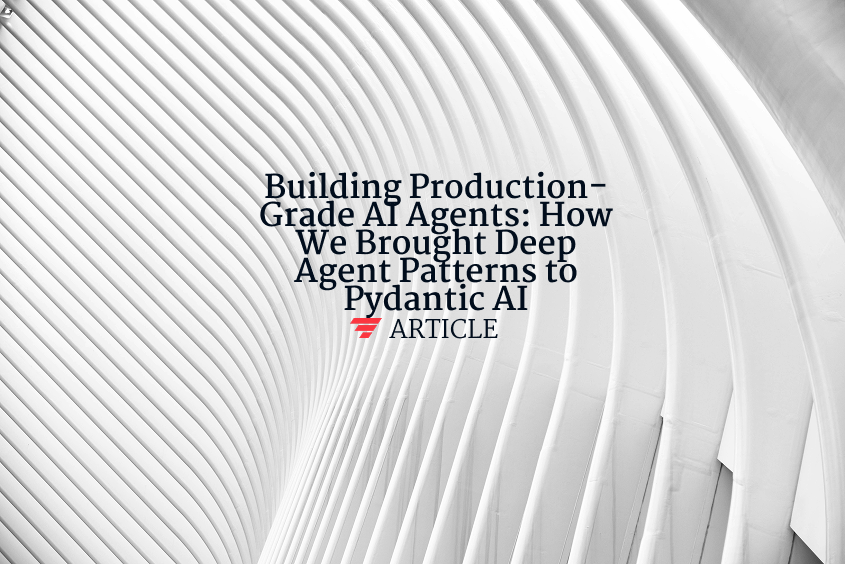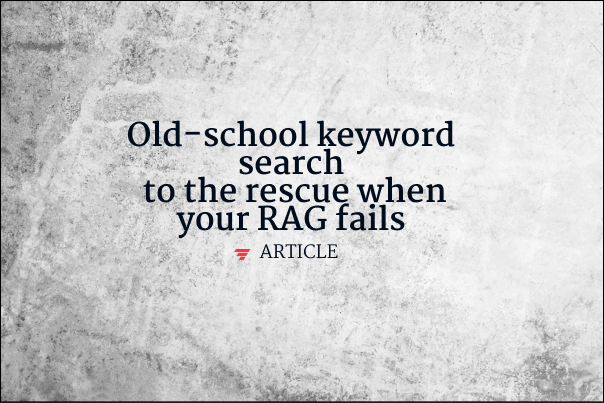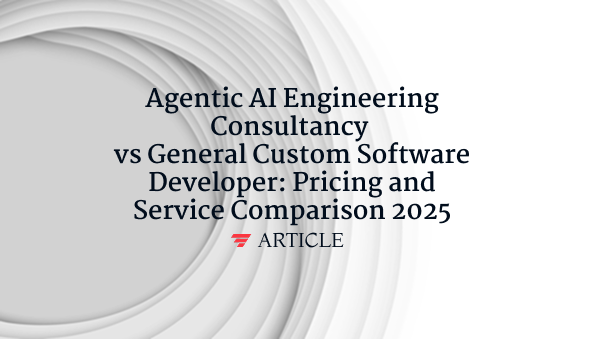Stochastic RAG
Stochastic RAG: End-to-end REG optimized by expected utility maximization is a research-grade extension of Retrieval-Augmented Generation (RAG) that treats both retrieval and generation as probabilistic actions in a single decision process. Instead of picking top-k documents deterministically, the retriever samples candidate passages from a relevance distribution; the generator then samples response tokens. A utility function—often a blend of factuality, length, and style scores—evaluates each full answer. Using reinforcement learning or policy-gradient methods, the system updates retriever weights and decoding strategies to maximize expected utility across many rollouts. This end-to-end training aligns the retriever with the generator’s real needs, reduces exposure bias, and gracefully handles uncertain or conflicting sources. The result is a resilient pipeline that balances accuracy, diversity, and cost—ideal for domains with noisy corpora, shifting knowledge, or risk-weighted outputs such as finance and healthcare.
Want to learn how these AI concepts work in practice?
Understanding AI is one thing. Explore how we apply these AI principles to build scalable, agentic workflows that deliver real ROI and value for organizations.



